Nymph. Not only is it a fun word, but nymphs are diverse mythological creatures that can lead to all sorts of in-depth fantasy world building. We have water nymphs and tree nymphs and cloud nymphs and wind nymphs and any other type of nymph you could think of. The two most common types of nymphs we see in fiction, however, are the naiad (water nymph) and the dryad (tree nymph.)
Naiads
Naiads are nymphs who preside over freshwater locations like wells, springs, waterfalls, brooks, etc. Naiads are always females and they’re known for being quite jealous. Sometimes the waters of naiads were credited with having healing powers and people would wash in that water in hopes of being healed.
According to Greek mythology, naiads are immortal. Their job is similar to the Greek goddess, Artemis, in that they watch over young girls and women as they transition into adulthood. Unlike Artemis, however, the naiads would marry — setting their sights mostly on royalty. They would then give their name to the town and become protectors of the water sources in those towns.
They exist only in freshwater (saltwater nymphs are called oceanids) and each naiad is classified by the type of freshwater she inhabits: pegaiai (springs), krenaiai (fountains), potameides (rivers and streams), limnades (lakes), heleionomai (marshes and wetlands.) There’ll be a pronunciation quiz later. 😉
Dryads
Dryads are the “ladies of the trees” — female nymphs who inhabit the forests, groves, woods, and all other types of trees. The dry- part of dryad comes from the Greek word “oak” and used to refer to only oak tree nymphs, but now it has become the overarching term for all wood nymphs. Dryads are known for being rather shy. They have long lives that can often be closely tied to where their home (aka: tree) is. Hamadryads are dryads who are so tied to their tree that if their tree dies, they die. If their tree grows or blossoms, so does the dryad.
Not all dryads are tied to a particular tree. Some are tied to a location or section of trees like a sacred grove, a glen, a vale, etc. Depending on which type of tree they inhabit or the location of those trees, dryads can go by different names just like the naiads: Meliai (ash trees), Oreiades (mountain trees), hamadryads (usually oak or poplar trees), Maliades (fruit trees), Daphnaei (laurel trees), Alseides (located in sacred groves) Aulonides (located in glens), Napaiai (located in vales.)
Books in which Naiads and Dryads appear:
- The Chronicles of Narnia, by C. S. Lewis
- Percy Jackson and the Olympians, by Rick Riordan
- The Illiad and The Odyssey, by Homer
Have you ever read a book with a less-common type of nymph?
What books have you seen using naiads, dryads, and other nymphs in their world?


Thanks for clarifying the difference for me and my 9 year old daughter.
Thanks
I appreciate ow you actually explain it.Most sites only tell you confusing information.
Thank you for clarifying the differences between naiads and dryads! I am actually reading The Chronicles of Narnia (since I was a kid) to my own child and want to be able to explain to him what each of these beings are.
Thank you for clarifying the differences between naiads and dryads! I am actually reading The Chronicles of Narnia (since I was a kid) to my own child and want to be able to explain to him what each of these beings are.
Hello! I am including some of these names of naiads and dryads in a little play I wrote for my students! How would you pronounce Meliai?? Thanks! -Liz
I’m an artist. I’m completing a piece of art that features an Oak tree and a Dryad.
When I created this painting, I had no idea what a Dryad was. I started looking up mythology on trees and, wow, it all came together, like kismet.
My question…are there “named” Dryads. I’m looking for a name for my Dryad.
Thank you,
Linda
I’m an artist. I’m completing a piece of art that features an Oak tree and a Dryad.
When I created this painting, I had no idea what a Dryad was. I started looking up mythology on trees and, wow, it all came together, like kismet.
My question…are there “named” Dryads. I’m looking for a name for my Dryad.
Thank you,
Linda
Meliai would be pronounced, (me)-(lee)- (I)
Hi, a fascinating description of the divergance with each Nymph species. I have always known that Dryads and Naiads were seperate and deined as water and trees.
Have youread Bryan Friuds books on nymphs and faeries
I recomrnd ‘Good Faeries Bad Faeries’
Hi, a fascinating description of the divergance with each Nymph species. I have always known that Dryads and Naiads were seperate and deined as water and trees.
Have you read Bryan Friuds books on nymphs and faeries
I recomrnd ‘Good Faeries Bad Faeries’